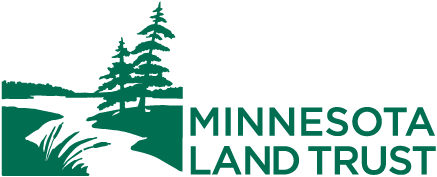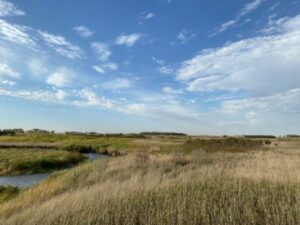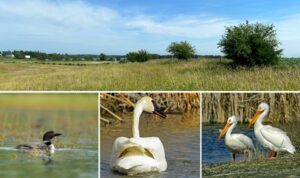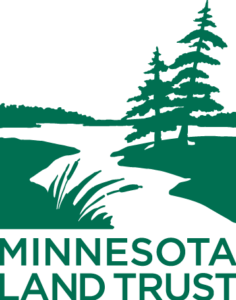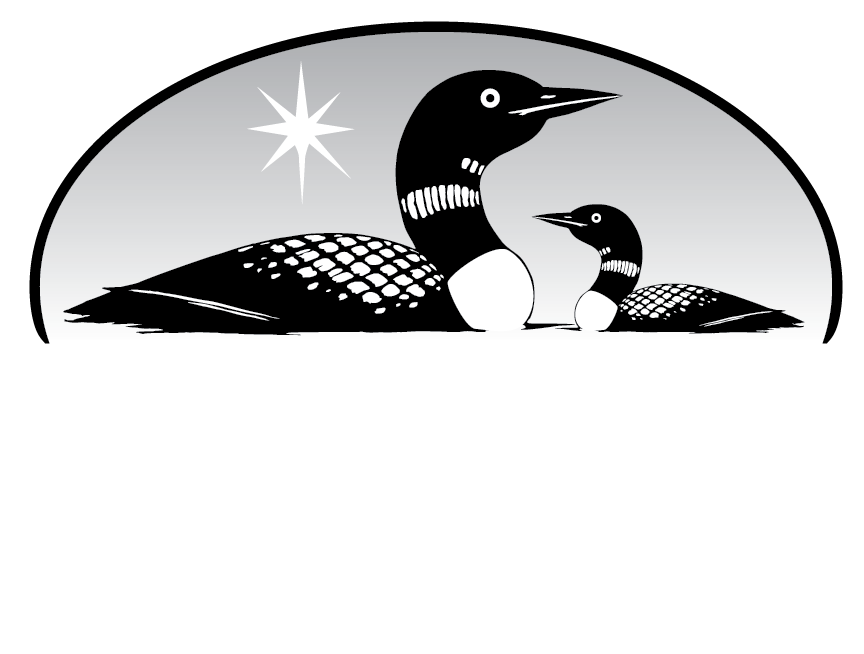Scott Rall Permanently Protects Critical Grassland, Gives Wildlife Space to Breathe
Your Property Could Qualify for a Conservation Easement
To learn more, contact program manager Chad Kingstrom at 651-377-0338, ckingstrom@mnland.org or submit a Landowner Request form.
Protect Critical Habitat & Natural Resources While Maintaining Property Ownership
You can help improve drinking water and aquatic habitat; ensure that prairie streams, wetlands and grasslands continue to provide critical habitat for pheasants and other wildlife; and help preserve your way of life in southwest Minnesota.
The Minnesota Land Trust is partnering with private landowners who wish to help protect this important habitat through a permanent conservation easement on their land, including their grazing lands and retired agricultural lands. Will you help us preserve Minnesota for future generations?
For more information see the program brochure
What is a Conservation Easement?
A conservation easement is a legal document that safeguards the natural features of a property through voluntary, legally binding, and permanent land use restrictions. Lands protected by a conservation easement remain in the landowner’s private ownership. Learn more about conservation easements by reviewing our Conservation Easement FAQ.
Why Apply for a Conservation Easement?
- Protect Minnesota’s important wildlife habitat, water quality, and beautiful open spaces
- Preserve your family’s legacy on the land
- Receive tax incentives or other compensation
- Receive a free habitat management plan and possible financial and technical land management assistance
You Can Make a Difference Today… and for Future Generations
Over 70% of lands in Minnesota are privately owned. Public conservation lands alone cannot provide enough of the clean air and water, abundant fishing and hunting, and species biodiversity that we need.
Eligibility Requirements for the Southwest Minnesota Program
The proposed property to be protected must meet the following requirements to be eligible for this specific program:
- Be at least 40 acres in size.
- Be located within the program area, which may include all or portions of the following counties as indicated in blue on the map: Brown, Lac qui Parle, Chippewa, Yellow Medicine, Renville, Lincoln, Lyon, Redwood, Pipestone, Murray, Cottonwood, Rock, Nobles, and Jackson.
- Contain less than 20% of the proposed protection area in cultivation, or have the potential to restore currently cultivated land (in excess of 20%) to native vegetation.
- Properties located within the Wildlife Action Network or Prairie Plan areas as indicated by the orange and cross-hatched sections on the map may be given higher priority.
- Properties with full development wind leases are ineligible for this program.
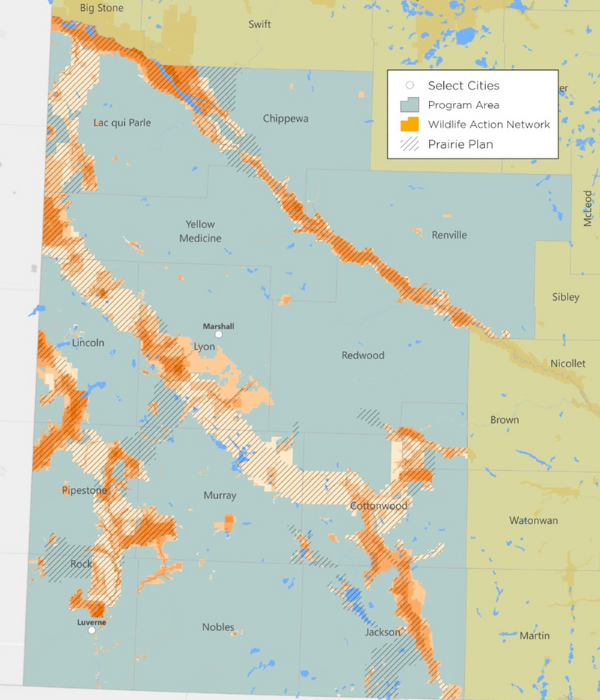
Are You Ready to Take the Initial Step to Protecting Your Land Forever?
Join over 700 other dedicated private land stewards across Minnesota who have put their land to work in support of environmental conservation.
Completed Protection & Restoration Projects in Your Area
- Southwest Minnesota Habitat Conservation & Private Lands ProtectionScott Rall Permanently Protects Critical Grassland, Gives Wildlife Space to Breathe Eligibility Requirements for the Southwest Minnesota Program The proposed property to be protected must meet the following requirements to be eligible for this specific program: Completed Protection & Restoration Projects in Your Area
- Protecting Prairies in Southwest MinnesotaThis recently protected property is located in the Minnesota Land Trust’s Prairie Coteau conservation priority area in Nobles County, MN and sits adjacent to East Graham Lake. The protected lands are comprised primarily of grasses and prairie–over 22 acres–including rare southern mesic prairie, a small grass-dominated remnant native prairie, and areas of restored prairie which… Read more: Protecting Prairies in Southwest Minnesota
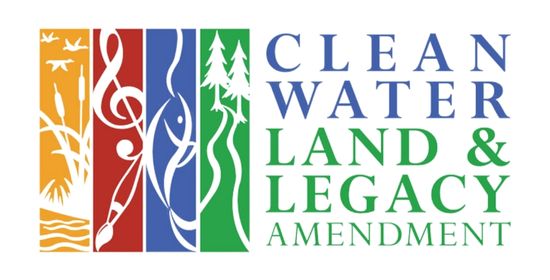
Funding for this program is provided by the Outdoor Heritage Fund as recommended by the Lessard-Sams Outdoor Heritage Council.
